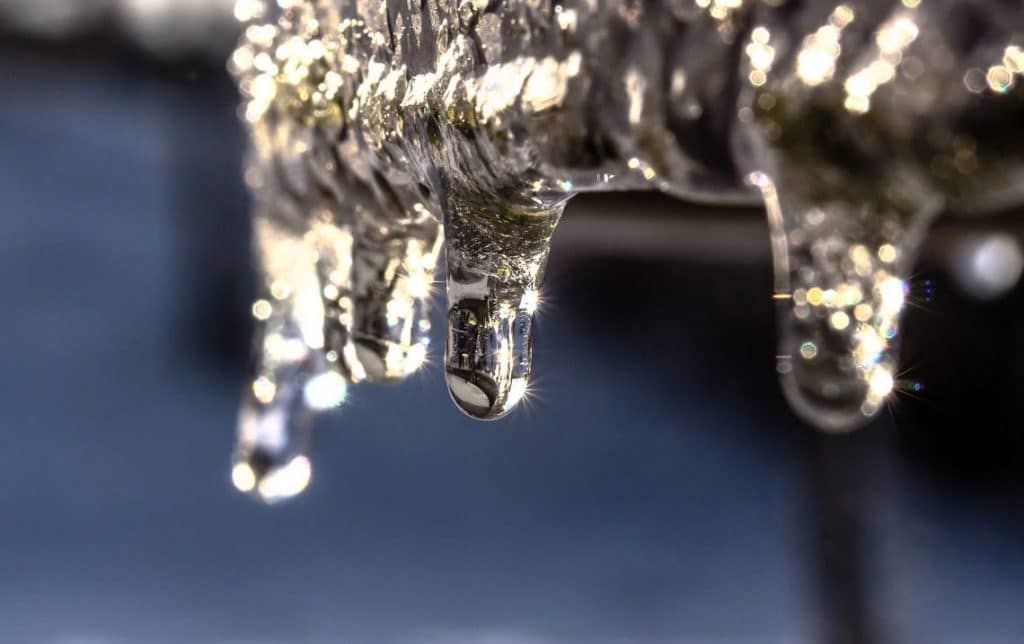Preventing Frozen Pipes in Winter: Critical Tips
Preventing Frozen Pipes in Winter: Critical Tips
Blog Article
How do you feel when it comes to Preventing and dealing with frozen pipes?

Winter can wreak havoc on your pipes, specifically by freezing pipelines. Right here's how to prevent it from taking place and what to do if it does.
Introduction
As temperature levels decrease, the risk of icy pipes rises, potentially bring about expensive repairs and water damage. Recognizing exactly how to stop frozen pipelines is essential for home owners in cold environments.
Recognizing Icy Pipes
What triggers pipes to ice up?
Pipelines ice up when revealed to temperature levels below 32 ° F (0 ° C) for extended periods. As water inside the pipelines freezes, it broadens, taxing the pipe wall surfaces and possibly triggering them to burst.
Threats and problems
Icy pipes can cause water system disruptions, residential property damage, and pricey fixings. Ruptured pipes can flood homes and create considerable structural damages.
Signs of Frozen Pipes
Recognizing icy pipelines early can avoid them from rupturing.
How to determine icy pipes
Seek decreased water circulation from faucets, uncommon smells or noises from pipes, and noticeable frost on exposed pipelines.
Avoidance Tips
Insulating vulnerable pipelines
Cover pipelines in insulation sleeves or use warm tape to safeguard them from freezing temperatures. Concentrate on pipes in unheated or outside areas of the home.
Home heating techniques
Maintain interior spaces sufficiently heated, specifically areas with plumbing. Open up closet doors to allow cozy air to flow around pipelines under sinks.
Shielding Exterior Pipes
Garden hoses and outdoor taps
Separate and drain garden tubes before winter season. Mount frost-proof faucets or cover outside taps with protected caps.
What to Do If Your Pipelines Freeze
Immediate actions to take
If you suspect icy pipelines, maintain taps available to relieve stress as the ice melts. Utilize a hairdryer or towels taken in hot water to thaw pipes gradually.
Long-Term Solutions
Structural modifications
Think about rerouting pipelines away from outside wall surfaces or unheated locations. Add additional insulation to attic rooms, cellars, and crawl spaces.
Upgrading insulation
Invest in premium insulation for pipes, attics, and walls. Appropriate insulation helps maintain constant temperature levels and minimizes the danger of icy pipes.
Conclusion
Protecting against frozen pipes needs proactive steps and quick actions. By understanding the causes, indications, and preventive measures, house owners can safeguard their pipes during winter.
6 Proven Ways to Prevent Frozen Pipes and Protect Your Home
Disconnect and Drain Garden Hoses
Before winter arrives, start by disconnecting your garden hoses and draining any remaining water. Close the shut-off valves that supply outdoor hose bibs and leave the outdoor faucet open to allow any residual water to drain. For extra protection, consider using faucet covers throughout the colder months. It’s also important to drain water from any sprinkler supply lines following the manufacturer’s directions.
Insulate Exposed Pipes
Insulating your pipes is an effective way to prevent freezing. Pipe insulation is readily available at home improvement stores and is relatively inexpensive. Pay close attention to pipes in unheated areas such as the attic, basement, crawl spaces, or garage. Apply foam insulation generously to create a buffer against the cold. You can also wrap your pipes in heat tape or thermostat-controlled heat cables for added warmth.
Seal Air Leaks
Inspect your home for any cracks or openings that could let in cold air. Seal any holes around the piping in interior or exterior walls, as well as the sill plates where your home rests on its foundation. Additionally, make sure to keep your garage door closed unless you’re entering or exiting. Leaving it open creates a significant air leak that can lead to frozen pipes.
Allow Warm Air Circulation
During cold snaps, it’s essential to allow warm air to circulate evenly throughout your home. Leave interior doors ajar to promote better airflow. Open kitchen and bathroom cabinets to help distribute heat consistently around the rooms. If you have small children or pets, be sure to remove any household chemicals or potentially harmful cleaners from open cabinets for safety.
Let Faucets Drip
A small trickle of water can make a big difference in preventing ice formation inside your pipes. When temperatures drop significantly, start a drip of water from all faucets served by exposed pipes. This continuous flow helps prevent the water from freezing. Additionally, running a few faucets slightly can relieve pressure inside the pipes, reducing the chances of a rupture if the water inside does freeze.
https://choateshvac.com/6-proven-ways-to-prevent-frozen-pipes-and-protect-your-home/

I ran across that blog posting on How to Prevent Your Pipes From Freezing when doing a lookup on the search engines. Sharing is good. You just don't know, you might be helping someone out. Thanks for your time. Revisit us soon.
Book Your Service Report this page